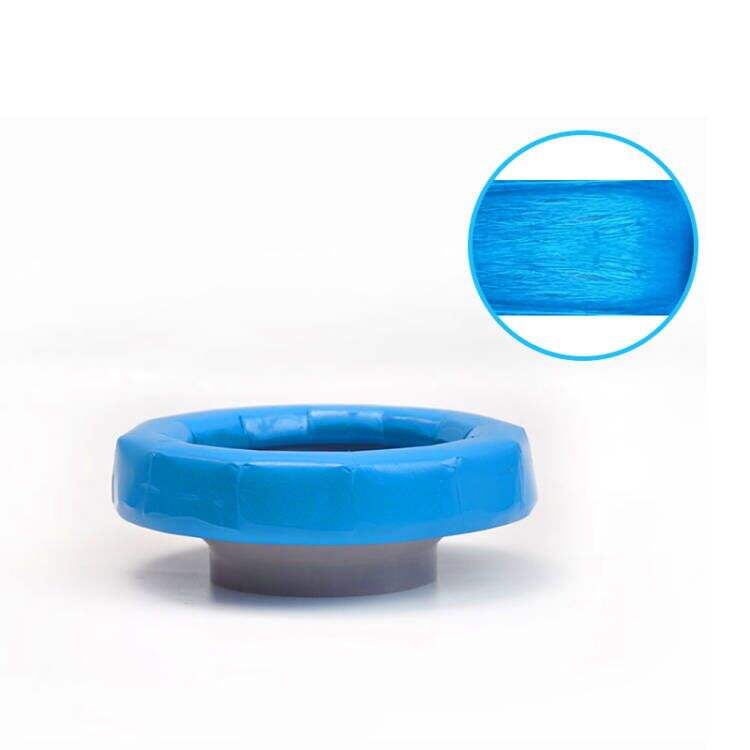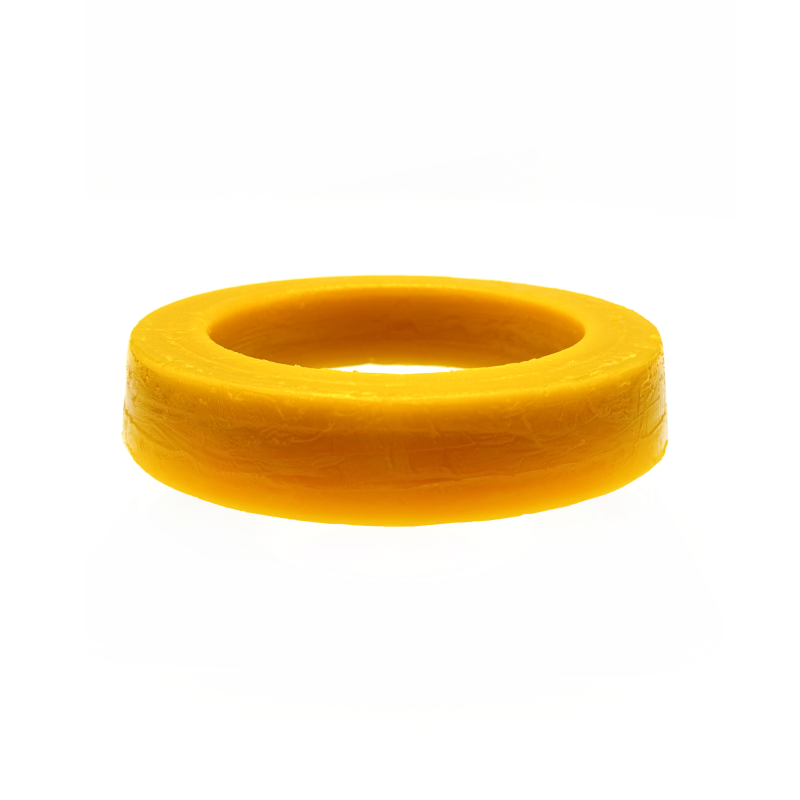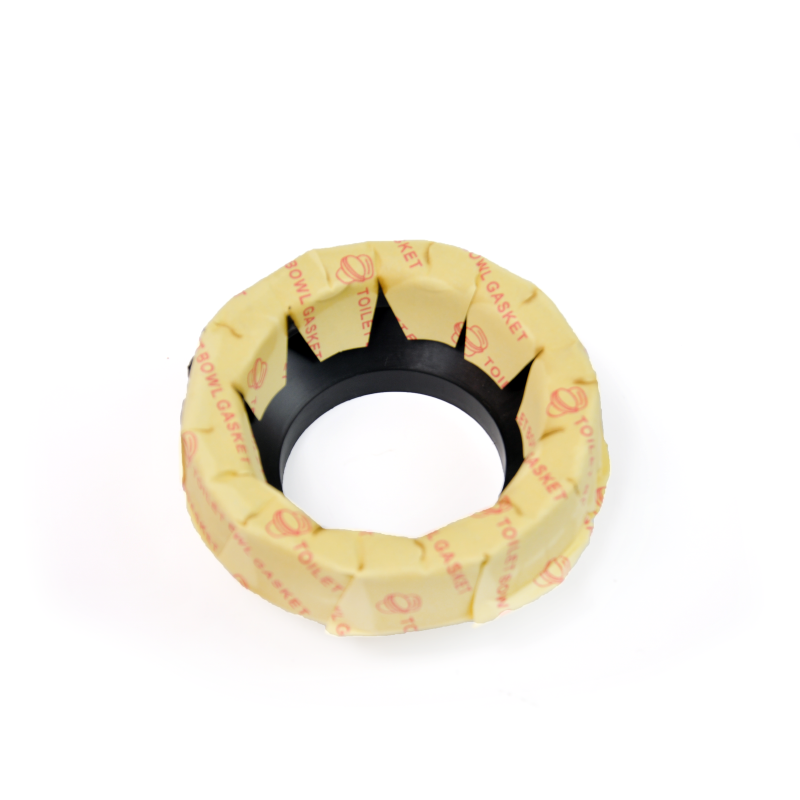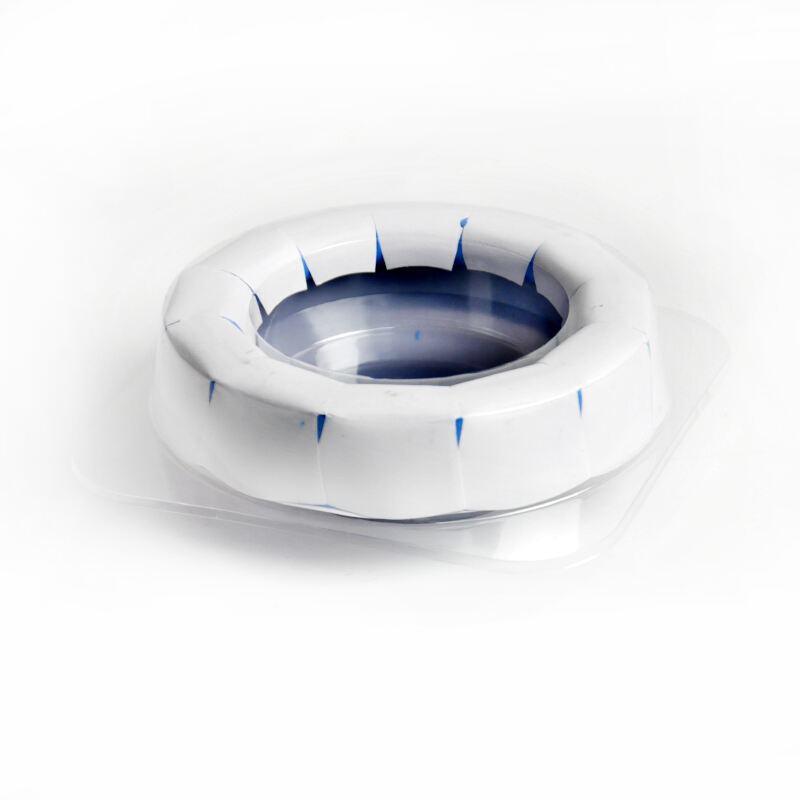
A commode wax ring is a specialized sealing component designed for use with commodes—portable or stationary toilets commonly found in healthcare settings, residential care facilities, recreational vehicles, and temporary installations—providing a reliable barrier against water leakage and odor escape. Unlike standard toilet wax rings designed for permanent residential plumbing, commode wax rings are engineered to accommodate the unique requirements of commodes, which may have different dimensions, mounting configurations, or usage patterns, such as frequent movement or portability. Constructed from a durable blend of petroleum based waxes and microcrystalline waxes, often with added reinforcing agents like fiber mesh or a flexible plastic core, commode wax rings offer enhanced flexibility to withstand the vibrations and minor shifts common with portable commodes. The wax formulation is softer than standard toilet rings, allowing for easier compression and re sealing if the commode is moved or adjusted, while still maintaining sufficient rigidity to prevent extrusion into the drain opening. Many models feature a lower profile or smaller diameter to fit the compact bases of commodes, ensuring a proper seal without interfering with the fixture’s mobility or stability. Some commode wax rings include a removable plastic backing or adhesive strip that helps position the ring correctly on the commode’s outlet or the drain flange, simplifying installation in environments where precision may be challenging, such as in patient rooms or temporary setups. This adhesive feature also prevents the ring from shifting during transport or use, maintaining the seal’s integrity. In healthcare settings, where hygiene is paramount, commode wax rings may be treated with antimicrobial additives to resist bacterial growth, reducing the risk of contamination in sensitive environments. They are designed to be compatible with both permanent plumbing connections and portable waste tanks, offering versatility across different commode types. Installation involves positioning the wax ring on the commode’s outlet or the drain flange, aligning the fixture, and applying pressure to compress the wax, creating an immediate seal. The ring’s flexibility allows for minor adjustments to ensure a tight fit, even if the commode is not perfectly level. When commodes require cleaning or maintenance, the wax ring can often be reused if carefully inspected, though replacement is recommended periodically to ensure optimal performance. Commode wax rings play a crucial role in maintaining sanitation and preventing leaks in environments where commodes are essential for patient care or accessibility. Their specialized design ensures reliable performance under the unique demands of commode usage, contributing to safe, hygienic conditions in healthcare facilities, homes, and temporary installations.




